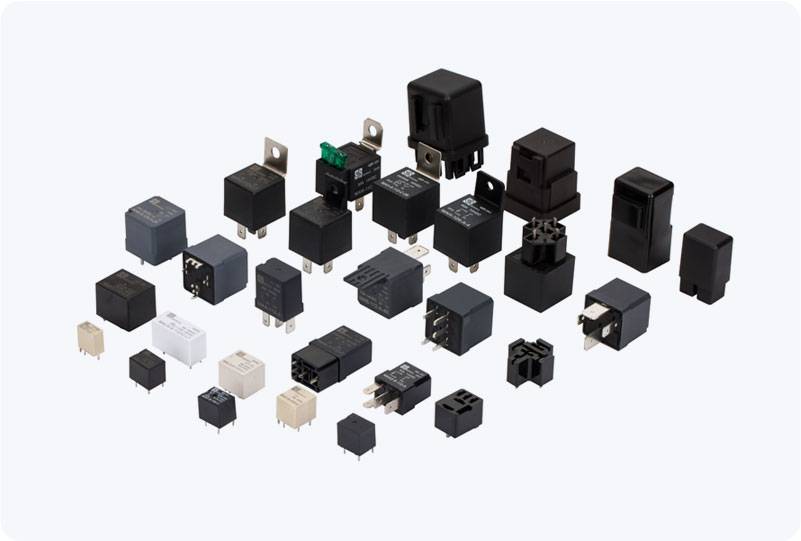A Circuit Breaker Relay is a vital component in electrical protection systems, designed to detect faults in electrical circuits and promptly disconnect the power to prevent damage. In both residential and industrial electrical systems, the ability to automatically interrupt the flow of electricity during a fault is critical for safety and equipment longevity. In this article, we will delve into the functioning, components, and applications of Circuit Breaker Relays, exploring their importance in modern electrical infrastructure.

What is a Circuit Breaker Relay? A Circuit Breaker Relay is a device that integrates a circuit breaker with a relay system. Its primary function is to monitor electrical parameters such as current and voltage, and when an anomaly (such as overload or short circuit) is detected, it sends a signal to the circuit breaker to disconnect the faulty circuit. This automatic response helps protect electrical circuits from damage, preventing equipment failure or fire hazards. Unlike traditional manual circuit breakers, which require human intervention to reset, a circuit breaker relay operates autonomously. It continuously monitors the system and acts instantly when a fault occurs, making it an indispensable tool in modern electrical protection.